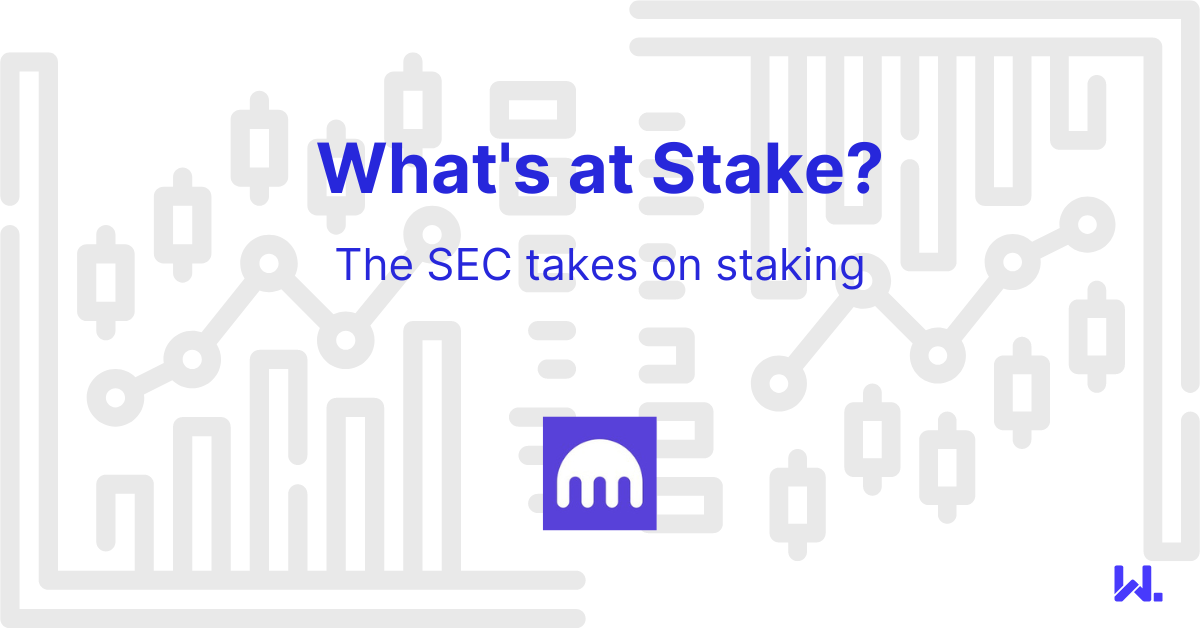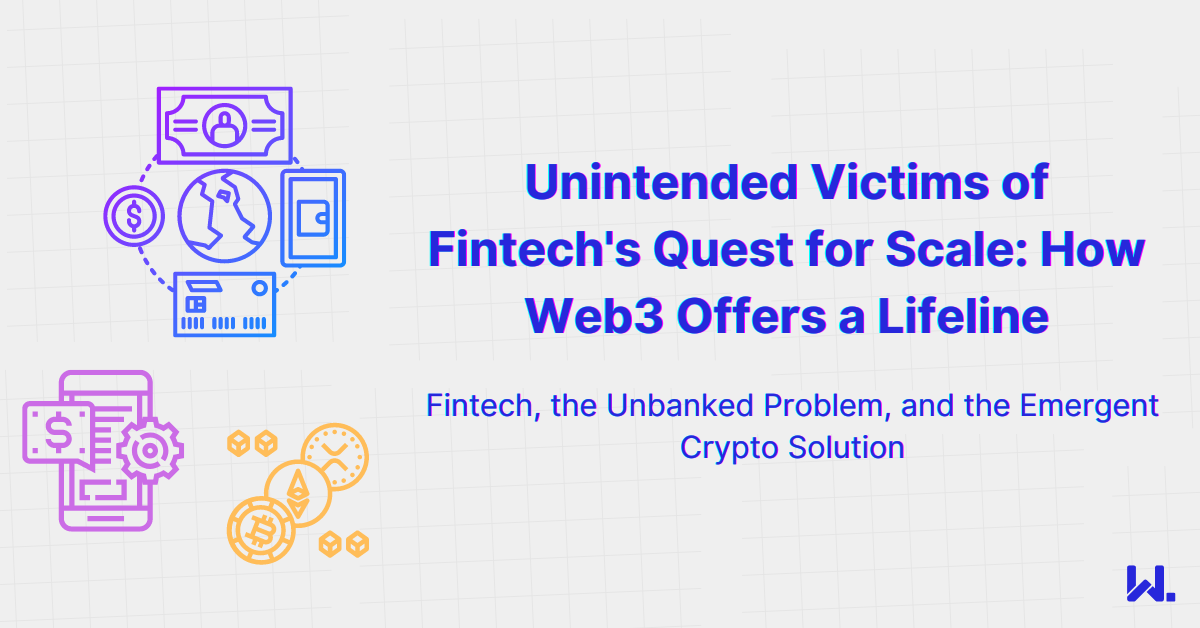The Challenges with providing Crypto Custody Services
The self-sovereignty provided for users of digital assets is one of the many benefits offered by this technology. Users can be custodians of their own assets without the need for an intermediary. Giving people this choice is a cornerstone of digital currencies such as bitcoin, as it removes the long-held dependence on state-controlled fiat monetary currencies.
Where will web3 assets reside?
This self-sovereignty is also a contentious area for cryptocurency exchanges and firms offering crypto or digital asset investment services — the custody of customer assets may be held by the same entity as the exchange. This may well change judging by rules being proposed by the SEC which would make it harder for crypto companies to also be "qualified custodians" .
At the current time, crypto exchanges do not have to provide separate custody services for their institutional customers, however, many choose to. For instance, Coinbase offers a custody service which is a separate entity from its exchange (Coinbase Custody Trust Company LLC) . Dedicated custody services are a good thing for financial products, as they ring-fence assets owned by customers from the venues upon which they trade them.
This can be easily illustrated by the FTX debacle. FTX did not use a separate custodian for its customer assets . SBF's Alameda Research was able to dip into those customer funds as it saw fit, as customer assets were stored by the FTX exchange. Now anyone can see that this is a terrible way to run a business, and most business owners would try to always do right for their customers. But had there been a custodian in the mix, SBF wouldn't have been able to gamble with customer funds in this manner.
In general, the main challenges that come with crypto custody are:
- Security Risks: Custodians face constant threats from cyberattacks, phishing attempts, and other sophisticated hacking techniques. Maintaining robust security measures is a continuous challenge.
- Regulatory Compliance: Navigating complex and evolving regulations in different jurisdictions can be demanding for crypto custody service providers, requiring them to remain up-to-date with compliance standards.
- Insurance Coverage: Obtaining comprehensive insurance coverage to protect against potential losses can be challenging due to the nascent and evolving nature of the cryptocurrency industry.
The challenge faced by many crypto exchanges with the SEC's latest proposed legislation is that it's stating that crypto exchanges cannot wear multiple hats. i.e. Coinbase can't run both a crypto exchange and provide the custody service for its users. It wouldn't be allowed to offer both services in the US to institutional investors. This is problematic for companies like Coinbase and will force them to work with a dedicated custodian to service US customers. For non-US jurisdictions, this shouldn't be an issue and their other entities Coinbase Custody International, Ltd., or Coinbase Germany GmBH will no doubt continue to serve them.
As we've seen with other areas of policy, preventing crypto companies from becoming qualified custodians is heavy-handed. Many of these custody offers have emerged from a need that these exchanges faced with respect to their own custody requirements, which could not be met by existing firms. That being said, separating crypto asset custody from trading operations makes sense, and is how our existing financial market infrastructure works.
Blockchain and DLT technology do make it straightforward for an exchange to be both custodian and exchange, compared with traditional securities. But this doesn't mean it's the best approach. Separating customer assets should be required for any firm offering digital asset trading. Those embracing self-custody of crypto assets and working with native decentralised applications such as decentralised exchanges or marketplaces already have this. These services are non-custodial — you don't have to transfer assets from your wallet in order to use them. The way in which they interact with assets is automated via the smart contract code underpinning them.
Humans are fallible, machines less so. Modern financial market infrastructures and regulations exist to protect end-users against single points of failure in the institutions which provide trading, payment, clearing, custody and reporting services.
Blockchain technology can significantly simplify this, but a balance must be found between where the trust anchors are and where it makes sense to have fully decentralised Financial Market Infrastructures (dFMI) . While the majority of our FMI was designed to cater for the trading of physical securities from a different era, in the past few decades much of this has been digitised.
When organisations are offering centralised services for digital assets that are provisioned much like regular financial securities, there is no reason why they shouldn't be treated any differently. It is only those services which take advantage of the new distribution mechanisms that can be offered for digital assets that new FMIs to support them can thrive. It is those decentralised applications and services running on blockchains that will facilitate this. Balaji Srinivasan refers to this evolution of mediums from naturally physical to natively digital as the Three Phase Transition .

Crypto is a digital-first version of money (although not true e-cash as offline payments are not possible). But the form that digital-first securities will take and the way in which users embrace them en masse is less clear.
In TradFi, central securities depositories such as the DTCC maintain book entries demonstrating ownership of digital securities held by individuals and companies. This was the original digitisation of financial products. We know with blockchain technology, the evolution of this is some sort of tokenised asset, with much of the infrastructure services provided by the underlying blockchain. But some degree of separation between those responsible for issuance and trading may well emerge as these services scale. After all, you wouldn't necessarily want Uniswap to offer issuance and trading services. There will likely need to be some separations of responsibility between different core web3 infrastructure service providers in this manner.
We may find once we reach this inflection point where the issuance and trading of native digital securities is normalised, that the infrastructure behind the scenes to service them has evolved significantly too. However, in the meantime, anyone wishing to issue, invest or trade with digital securities via a traditional financial intermediary is likely to need to do so in a manner that mirrors our existing financial service rails.
Therefore the legislative environment is likely to continue to evolve in this direction, so any firms attempting to do things differently are likely to come under some regulatory scrutiny and need to prepare accordingly.





